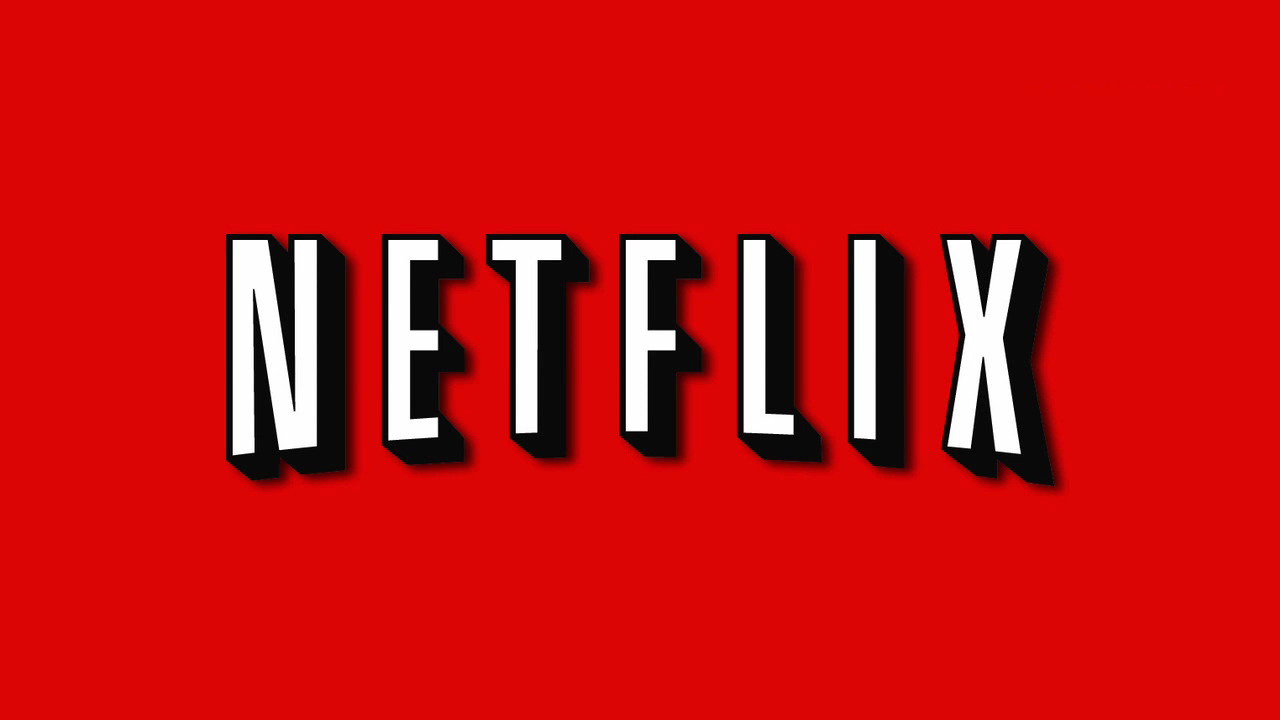Powerful Leaders are BOLD!
One of the competencies that allows Powerful Leaders to coordinate action with others to generate quality results consistently over time is – they are BOLD!
Powerful Leaders Drive Action by:
Asking BOLD Questions
Making BOLD Requests
Making BOLD Offers
Making BOLD Promises
This week I would like to challenge you to practice being BOLD.
Pick one of the challenges and DO IT:
- Ask a BOLD Question to drive action.
Powerful leaders make BOLD declarations about how their future will be.
JFK – “By the end of the decade we will have landed the first man on the moon!”
John Hanke – “We will photograph every house in the world and provide Google Earth as a service to the world for free!”
Challenge #1: What is one thing that inspired you from this past weekend that can support you in achieving your goals for this week?
- Make a BOLD Request to a colleague to drive action.
A request is a commitment to have a future action performed by someone else, made by a committed speaker who is intentional, sincere, and willing to hold another accountable.
Challenge #2: Initiate a ‘Courageous Conversation’ (honest and intentional) by Friday at noon this week with a member of your team who is under-performing and give them feedback such that they leave the conversation inspired to act now.
- Make a BOLD Offer to drive action.
What is an OFFER? An offer consists of both a promise and request.
Example: Please get me a cup a coffee and I’ll show you how to install that application.
- The Request: Please get me a cup a coffee.
- The Promise: I’ll show you how to install that application.
Challenge #3: Call up a colleague this week and offer to support them in a key project that they are working on.
- Make a BOLD Promise to drive action.
A promise is a commitment for future action that will be carried out within a specific time frame by a speaker who is intentional, sincere, willing to be held accountable, and competent to deliver on the future (promise).
Additional generative properties (action-oriented) of a promise include:
- A committed listener who is willing to hold the speaker accountable.
- A “by when” (date and/or time) the promise is to be delivered.
- A clear set of “Conditions of Satisfaction” that both parties agree on to fulfill the future (promise); these include specific details or options.
- A shared obviousness or background about shared assumptions, standards, expectations, so that both parties are on “the same page.”
- Complete choice: the speaker may revoke or negotiate a promise and the listener may reject the promise. Any choice ought to occur as close as possible to when a promise is made (and before its deadline) to preserve credibility.
Challenge #4: Tell your boss – My Team and I guarantee that the project will be done on-time and on budget by the end of the month, as you requested.
Be BOLD and Drive Action!








